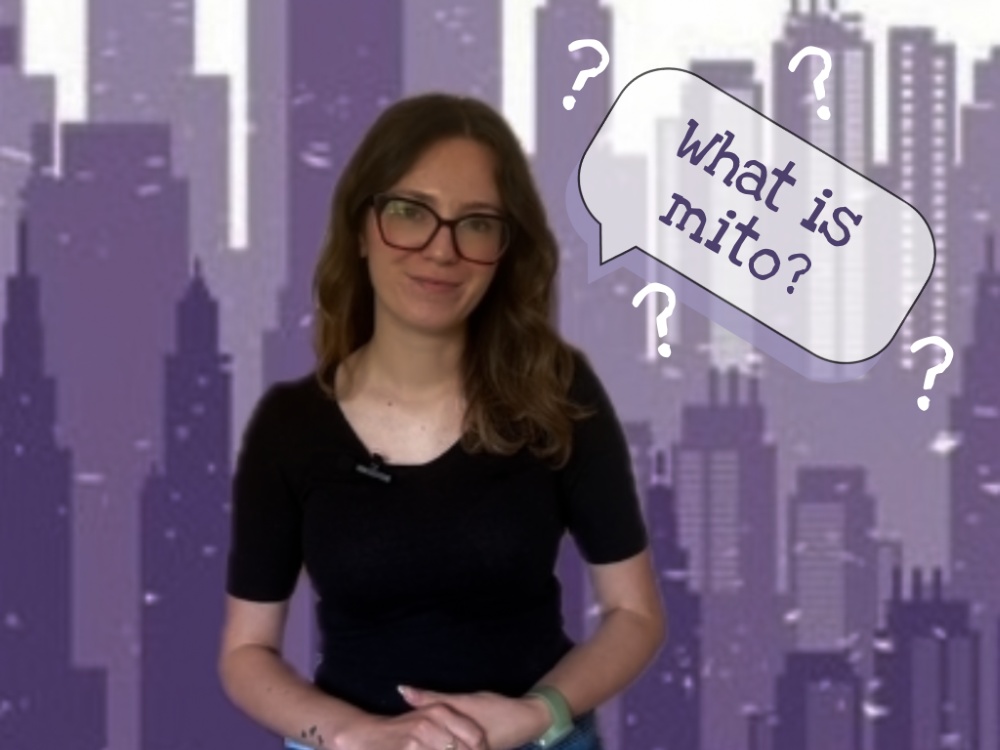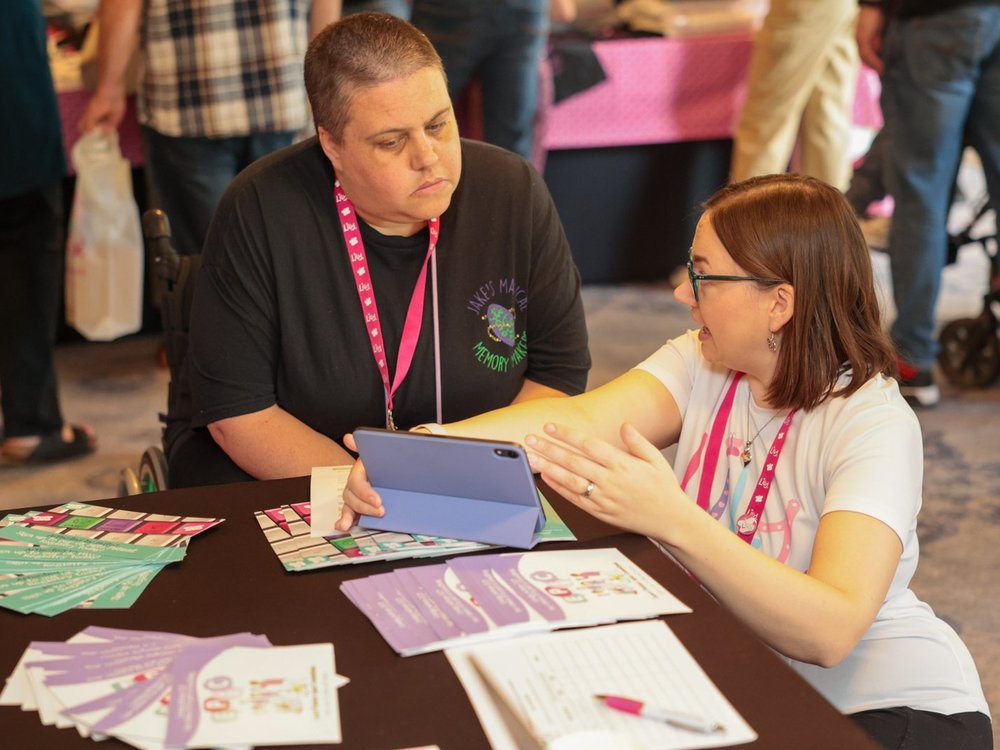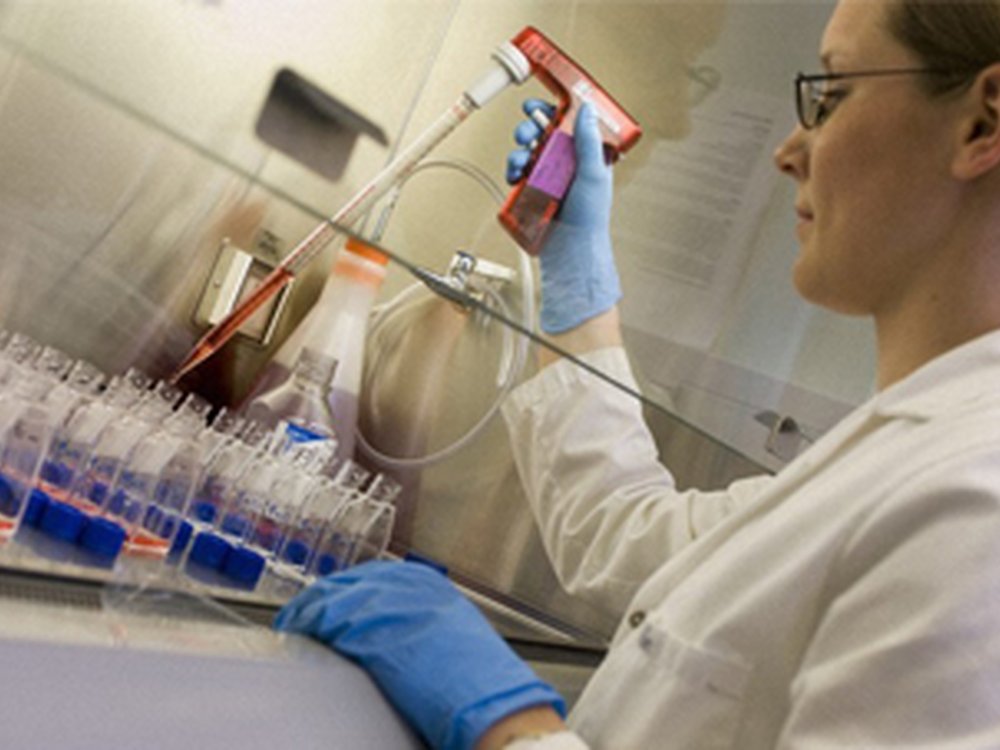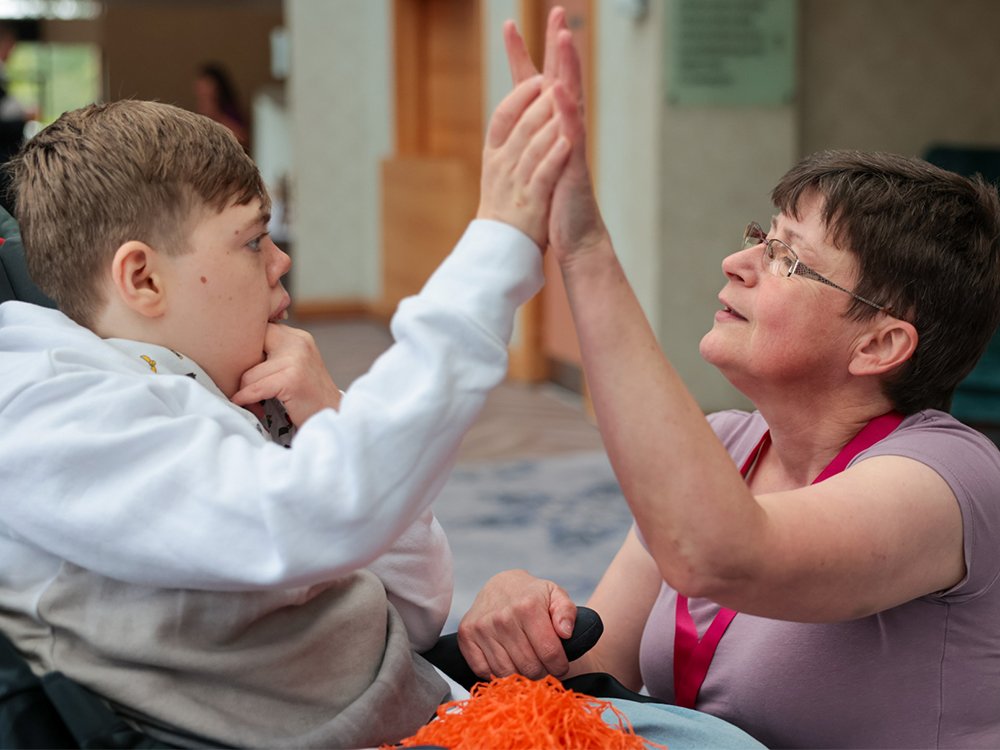When mitochondria stop working properly, the effects can ripple across the entire body. That’s mitochondrial disease.
Mitochondrial disease can cause muscle weakness, difficulty with movement and fatigue, and can even affect the brain, heart and other organs. Energy is needed everywhere so mitochondrial disease can look different in every person who has it.
To help explain this complex condition in everyday terms, we’ve put together a short video that uses simple analogies – think cities, power stations and even kitchen appliances – to show how mitochondria work and what happens when they don’t.
Watch the video below as our Research Manager, Maria, explains what mitochondrial disease is, why it matters and why researchers and communities are working towards better treatments and support.

Mitochondrial disease may be rare, but understanding it helps raise awareness, support families and fuel progress toward new therapies.
To find out more about mitochondrial disease, its causes and symptoms, head over to our What is mitochondrial disease? page.






